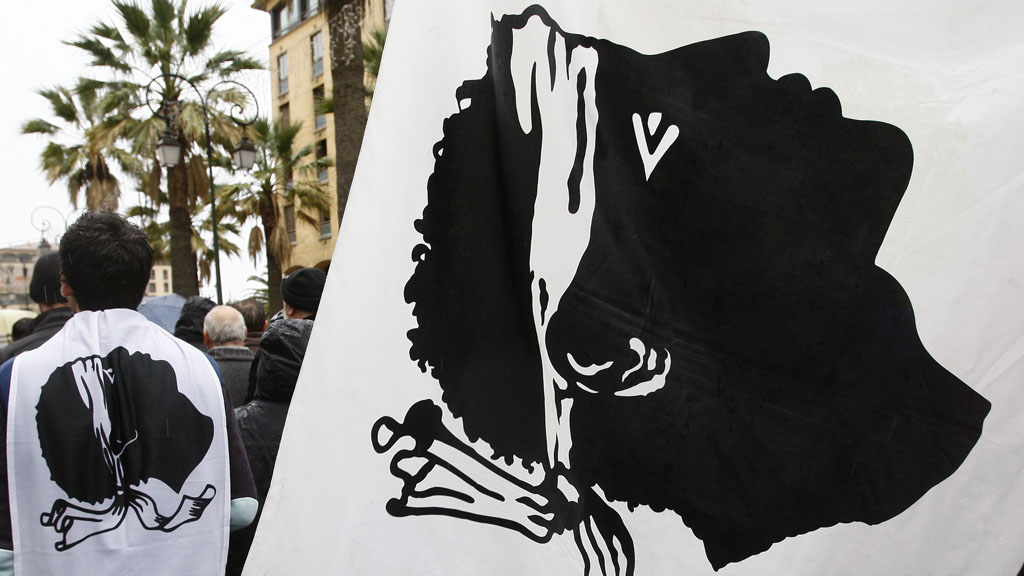The other independence groups trying to carve a new Europe
Scottish nationalists are not the only ones trying to redraw the map of Europe. Here are 10 other countries with serious independence movements.
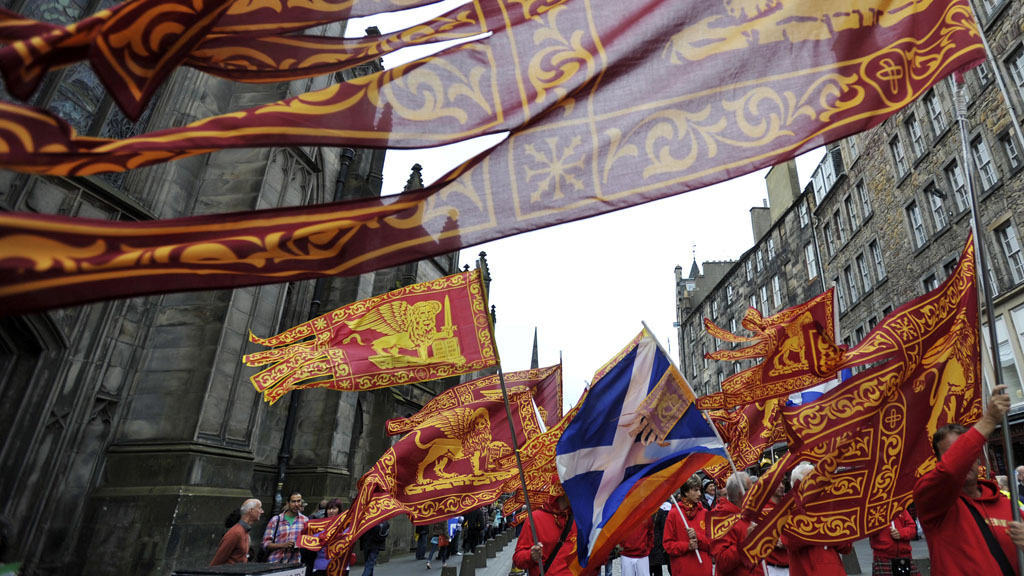
As the referendum on Scottish independence looms, dozens of regions across Europe are looking to follow the Scottish National Party’s lead.
At a rally in Edinburgh last year, activists who want Venice to declare independence from Italy appeared alongside Scottish nationalists, proudly flying the Lion of St Mark alongside the saltire.
Venetian separatism is no longer a joke. Last month the organisers of an online poll claimed 2.3 million people voted in the unofficial plebiscite, with 89 per cent backing a split from Italy.
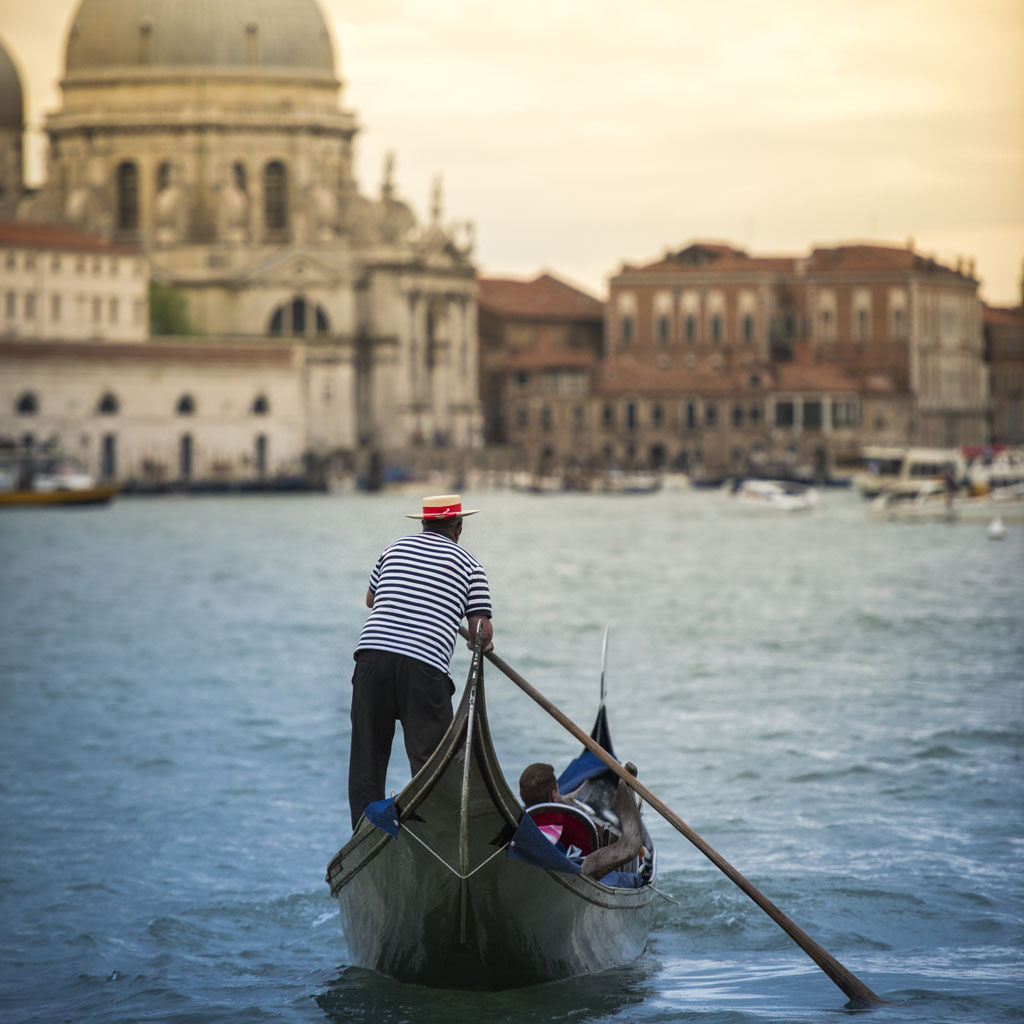
A self-declared Venetian republic announced it would be issuing its first government bonds, while the Italian arrested 24 separatists, accusing them of planning a violent protest in St Mark’s Square.
Other Venetian activists have called Scottish nationalism a “model” for modern separatist movements, in its appeal to tolerant, democratic values rather than xenophobia.
Separatist network
Italian separatism used to be associated with the Northern League, a group that once advocated the secession Italy’s more prosperous northern regions.
Though a relatively powerful force in Italian politics, the League’s right-wing orientation led to its suspension from the European Free Alliance, the main umbrella group for progressive separatist parties.
The SNP is a member along with Welsh nationalists Plaid Cymru and 33 other parties from 16 EU member states.
The aims of the various groups ranges from greater autonomy to full sovereign independence.
Real or romantic?
Some groups represent familiar places like the Mediterranean islands of Corsica and Sardinia, where activists are calling for independence from France and Italy respectively.
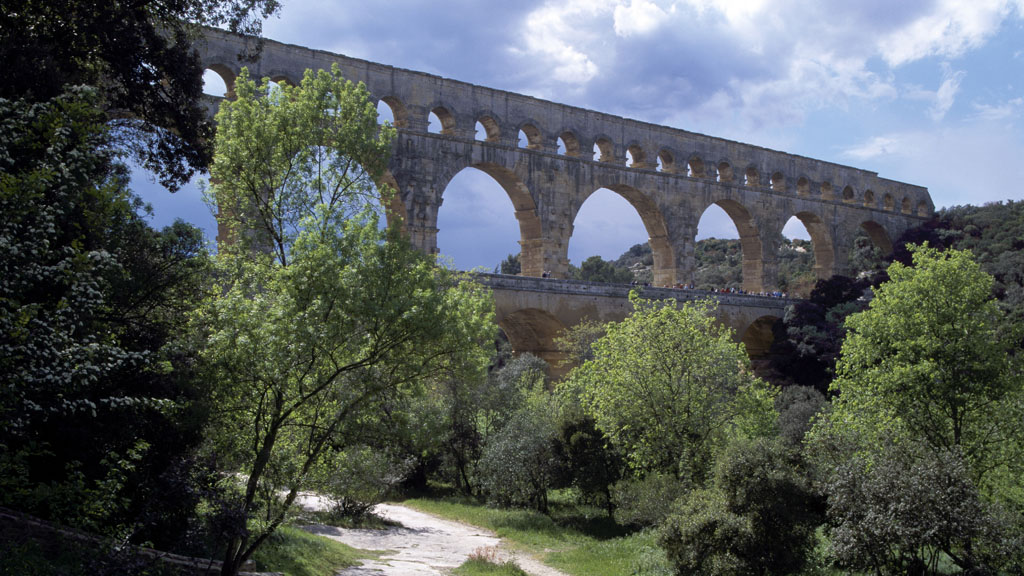
Other regions like Occitania – once the romantic haunt of the troubadour poet-musicians – have only ever existed as a cultural concept rather than a political entity.
Electoral support for the various separatist movements ranges from marginal to widespread. Probably the biggest and best organised are the movements for Catalan and Flemish independence in Spain and Belgium.
The New Flemish Alliance, which wants to partition Belgium, became the country’s biggest party in the 2010 federal elections.
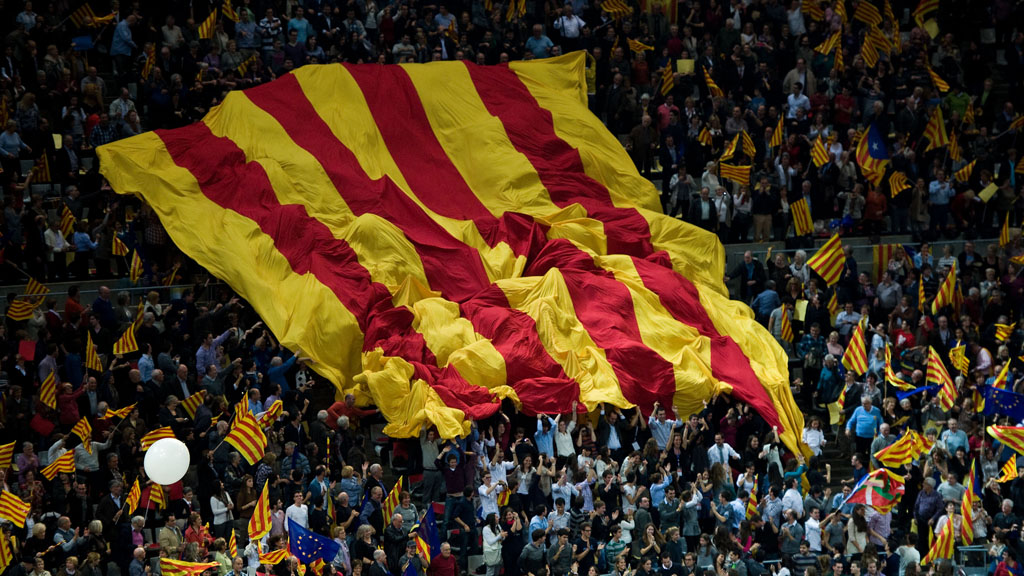
The separatist president of Catalonia, Artur Mas, vowed this week to push for an independence vote two months after the Scottish referendum in September.
He is on collision course with the government of Spain, who say such a poll would be unconstitutional.
Scotland is the only region where an officially sanctioned independence referendum is imminent.
Biggest and smallest would-be states
The tiny Faroe Islands, with a collective land area of around 550 square miles, would be one of the smallest states in Europe if it achieved independence from Denmark.
At just over 600 square miles, the Swedish-speaking Finnish archipelago of Aaland is just larger, but it has a smaller population. The capital, Mariehamn, is a town of just 11,000 resident.
Occitania, usually considered to include most of the southern half of France as well as Monaco and slivers of Italy and Spain, would cover more than 80,000 square miles if it achieved nationhood.
And independent Scotland would be less than half the size of Occitania at around 30,000 square miles, slightly larger than the south German region of Bavaria.
Most speakers
About half a million people are proficient in the various dialects of Occitan, although it is almost always a second language, and Unesco considers most of the variants to be endangered.
Frisian, a Germanic language that is the closest relative to English, boasts several hundred thousand native speakers.
Bloodiest struggle
The Basque separatist group Eta began armed operations against the Spanish state in 1959 and declared a ceasefire in 2011, ending what is sometimes described as the longest violent conflict in Europe.
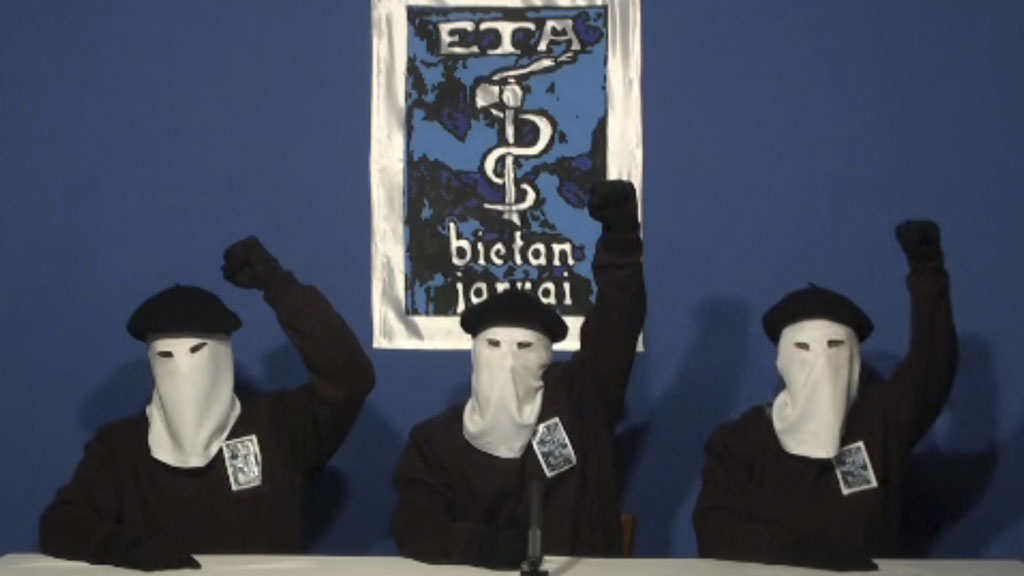
The Spanish government holds ETA responsible for the deaths of 343 civilans and 486 members of the Spanish security forces. Deaths on the Basque nationalist side are disputed but are thought to number several hundred, bringing the total death toll to well over 1,000.
Violence has also been used by Welsh, Breton and Corsican nationalist groups over the years, with the activity usually restricted to attacks on property.
Strangest flags
The flags of some aspiring nations are already a common sight. The red and gold stripes of the Catalan “senyera”, seen above, are usually on display wherever fans of Barcelona football club gather.
Will the black Moor’s Head motif, featured on the flags of Corsica and Sardinia, one day flutter above the European parliament?
The precise origin of the symbol, which can face either right or left and is sometimes blindfolded, is unknown but it probably celebrates Christian victories over the Saracens in the crusades of the 11th century.
